In today’s digital age, the realm of creativity is undergoing a profound transformation, largely driven by the AI revolution. As we continue to ride the wave of technological advancements, we find ourselves on the cusp of a new era, where the boundaries of imagination are pushed to unprecedented limits. Most of us are already familiar with tools like ChatGPT, which have seamlessly integrated into our daily workflows, assisting us with various tasks such as content expansion, text rewriting, document formatting, research, and code error detection. However, what lies ahead is even more exciting as we witness AI’s foray into multimedia formats, particularly in the realms of image and video generation.
The Journey into AI Generative Art
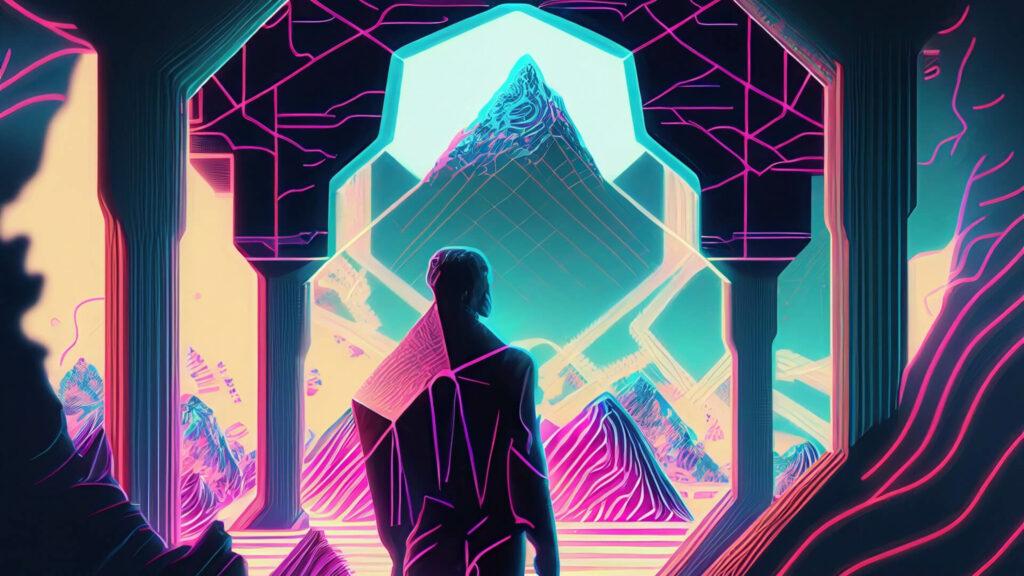
For those willing to explore the uncharted territory of AI generative art, it’s akin to opening a treasure chest filled with serendipitous wonders. In this realm, fortunate accidents and unexpected discoveries become the norm, and the magic of serendipity takes on a whole new meaning.
One crucial aspect of AI-generated art is understanding the role of “seeds.” These seemingly modest numerical values play a pivotal role in generative models, akin to selecting a crayon from a box before starting a new artwork. Each seed imbues the generated image with a unique influence, and with a staggering 4 billion seeds to choose from in the Stable Diffusion model, the possibilities become virtually infinite.
However, what sets AI apart is its unpredictability. While selecting a crayon from a box provides a general idea of the outcome, AI’s vast array of seeds means that the result is far from certain. It’s like embarking on a journey of discovery every time you change the seed or tweak the text prompts, where even the slightest adjustments can yield vastly different results.
Embracing Japanese Artistry in AI
To take this exploration a step further, I decided to blend AI generative art with the rich tapestry of Japanese artistic traditions. The challenge was to infuse classical Japanese art movements into the contemporary landscape of London, creating a harmonious fusion of old and new.
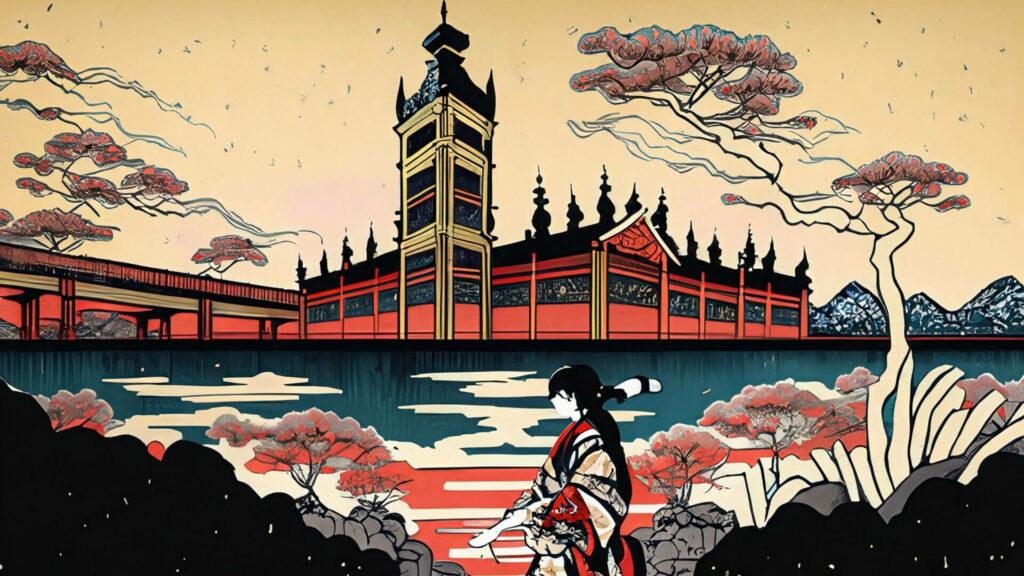
Ukiyo-e (Woodblock Prints)
Transporting ourselves to 17th to 19th century Japan, we enter the world of Ukiyo-e, where woodblock prints served as portals to a vibrant era. These prints depicted scenes from kabuki theaters, geisha soirées, and breathtaking landscapes, providing a mesmerizing glimpse into the Edo period.
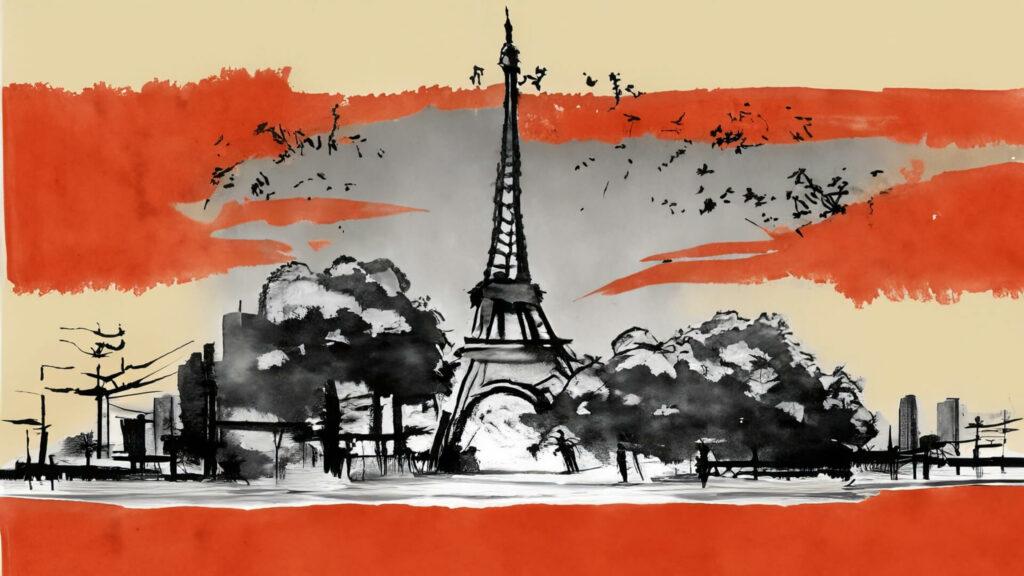
Sumi-e (Ink Painting)
In the realm of Sumi-e, simplicity reigns supreme. Artists captured the essence of nature with masterful brushstrokes, painting bamboo, plum blossoms, and tranquil landscapes. It was a testament to the profound harmony between Zen philosophy and artistic mastery.
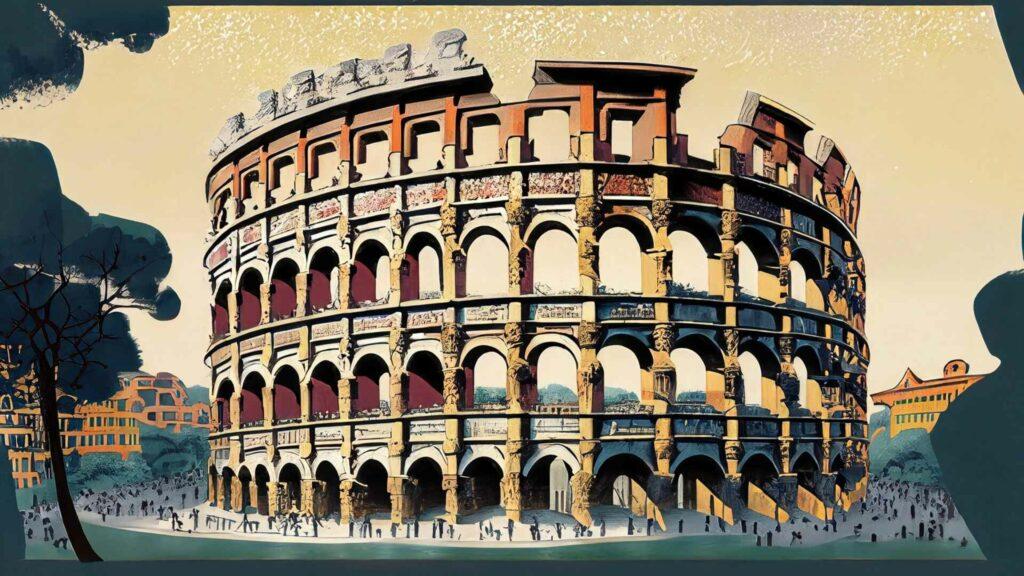
Nihonga (Japanese-Style Painting)
Moving to the late 19th century, we encounter Nihonga, a captivating blend of tradition and modernity. Nihonga artists used mineral pigments and silk to depict contemporary scenes and historical sagas, bridging the gap between age-old customs and contemporary expression.
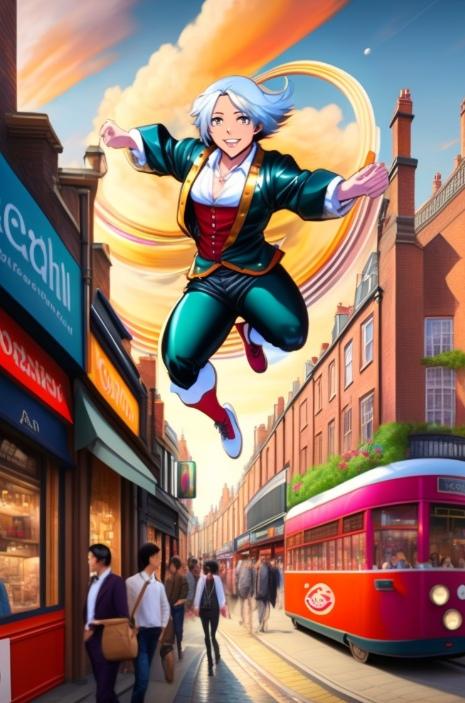
Manga and Anime Art
In the 20th century, manga and anime art became cultural treasures, weaving narratives that spanned romance to robotics. Manga opened doors to storytelling, while anime breathed life into these stories, sharing Japan’s storytelling and animation prowess with the world.
Mixing classical Japanese artistic movements with contemporary London breathed new life into old styles. It’s akin to adding a modern twist to a classic recipe. This fusion not only feels fresh and classic simultaneously but also offers a captivating glimpse into how AI perceives and interprets human artistry.

In an intriguing twist, AI deepens our connection with artists, offering a glimpse into their creative process. Through AI-generated art, we gain a cyberpunk perspective. And if you appreciate this aesthetic, explore our top 10 Cyberpunk anime article.
The Future of Generative Art
Just a year ago, terms like Chat GPT and Large Language Models (LLMs) might have been unfamiliar to most. Today, these advanced AI tools have become integral to our digital lives. The same trajectory awaits generative art. As technology advances, we’ll likely find ourselves experimenting with more sophisticated AI-generated art. Finally, we create our interpretations of various styles and themes. Despite apprehensions, these tools offer exciting opportunities for artistic expression.

In conclusion, AI’s journey into the realm of generative art is a testament to the boundless possibilities of human creativity and technology. Therefore by blending the past and present, we uncover new dimensions of artistic expression. Lastly connecting with both the traditions of the old and the innovations of today.
FAQs

What exactly are “seeds” in AI generative art?
Seeds are numerical values that influence the outcome of AI-generated art. Each seed represents a unique starting point, much like selecting a crayon to begin an artwork.
How does AI interpret text prompts in generative art?
AI interprets text prompts to generate art. However, its interpretation can vary, leading to diverse results based on the same prompt.
Is generative art a fusion of AI and traditional art forms?
Yes, generative art often blends AI technology with classical and contemporary artistic styles.
Can AI-generated art provide insights into the original artist’s perspective?
Surprisingly, yes. AI-generated art can offer a glimpse into how the original artist may have perceived the world.
What does the future hold for generative art?
The future of generative art is promising, with more advanced AI tools. Therefore, it enables individuals to explore and create art in diverse styles and themes.










































